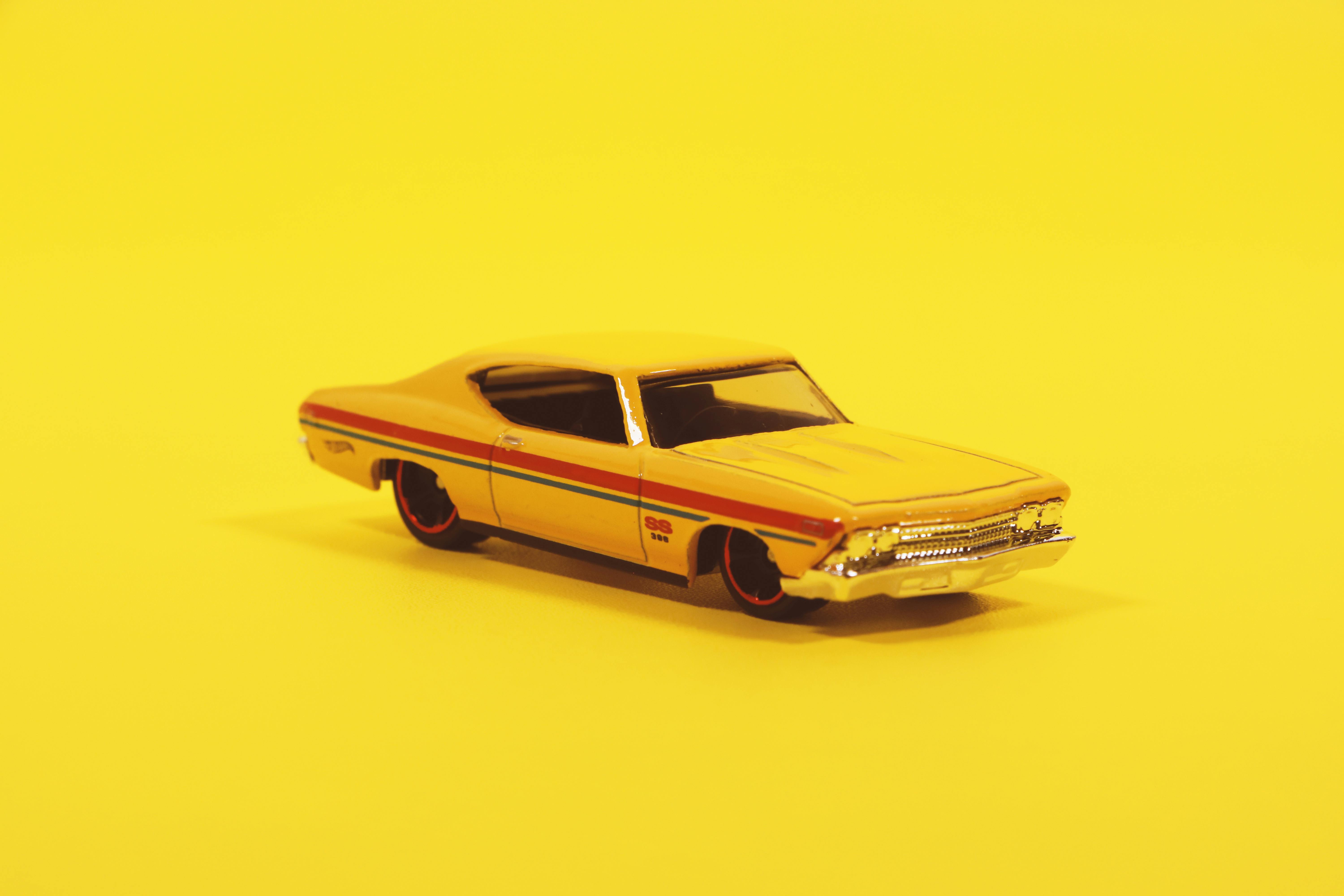The Ferrari 360 Challenge Stradale sports car
The Ferrari 360 Challenge Stradale – A close look at the performance, technical data, features, rivals comparison, history and used prices of this classic sports car.
From classic to modern
CAR
The Challenge Stradale sports car was introduced by Ferrari in 1999, along with the launch of the 360 Modena and the Spider.
The Stradale was the highest performing road variant of the 360 Series.
It was the successor to the 355 Challenge sports car, whose development peaked in 1998 with the Evolution variant, which was a nearly complete factory-assembled race car.
The 360 Challenge was based on the 360 Modena, and was a limited edition racer that was designed by Ferrari to spend 20% of its time as a track racer and the remaining 80% as a road sports car. .
The Challenge Stradale was up to 110kg lighter than the base 360 Modena as a result of a number of weight-saving measures, including:
- Remove radio
- Replacing the window glass with plexiglass
- Use of Alcantara fabric instead of leather interior
- Reduce the weight of the bumpers and skirts by using special moldings.
- Removal of interior soundproofing material
- Using carbon fiber mirrors
- Adding the Modena’s optional carbon fiber seats
These changes produced a weight saving of 94 kg.
Fitted with 19-inch road wheels, an additional 16kg was saved by using Brembo brakes, made from a carbon composite material, which prevented brake fade and improved handling due to reduced weight.
The engine, body panels, and chassis were all constructed of aluminum.
When using the standard F1-style six-speed gearshift system, the driver can flip a switch and select Sport or Race mode.
In the case of the latter, when the traction control was turned off, there was a feature that allowed the driver to initiate a high-performance start, as long as the prevailing driving conditions allowed the car to develop sufficient grip.
The Stradale’s chassis had been designed so that the center of gravity was 15mm lower than that of the standard car.
All non-essential interior items such as carpets and rugs were removed, and the door panels were constructed of carbon fiber.
It used lightweight aluminum roll bars behind the seats that were designed specifically for the car, and it was equipped with stiffer springs and computer-controlled adjustable damping.
With a modified carbon fiber bottom tray, the downforce increased further the further the car was driven.
THE MOTOR
The 360 Challenge was powered by the same 3.6-liter mid-engined V8 unit with five valves per cylinder as the other 360 variants, and developed 425 bhp at 8500 rpm and 275 ft / lbs of torque at 4750 rpm. .
This produced a top speed of 186 mph and a 0-62 mph time of 4.0 seconds.
Production was increased by using high-compression combustion chambers with polished ports and slightly raising compression to 11.2: 1.
The overall weight of the engine and gearbox was reduced by 11kg through the use of a shorter and lighter stainless steel sport rear exhaust box and modified tailpipes.
COMPETENCE
Typical competition for the 360 Challenge Stradale included the following: Lamborghini Murcielago and Dodge Viper SRT-10. Ferrari performance:
SPORTS CARS FOR SALE
Originally priced at $ 195,000 on the second-hand market, a Ferrari 360 Challenge Stradale in good condition would fetch $ 160,000, while an example in showroom condition would cost around $ 320,000.
Another one of these classic Ferrari cars.
This marks the end of my Ferrari 360 Challenge Stradale sports car review
